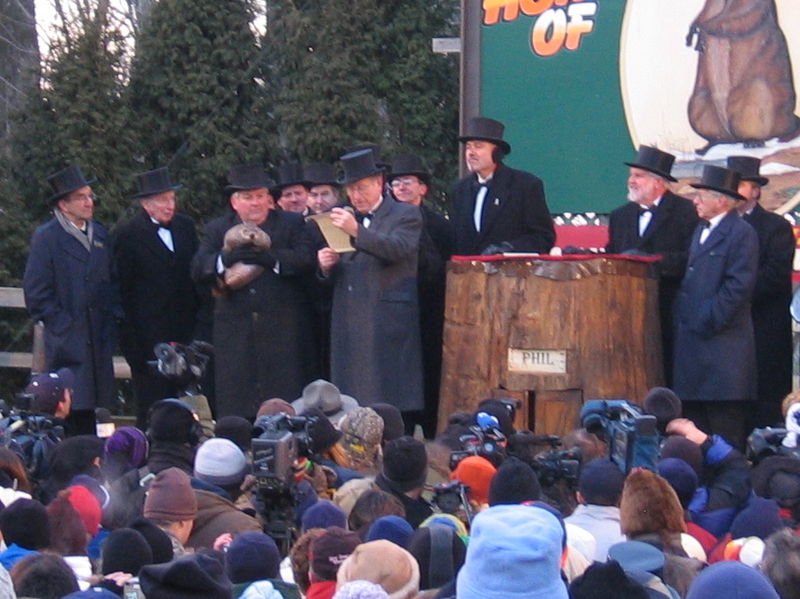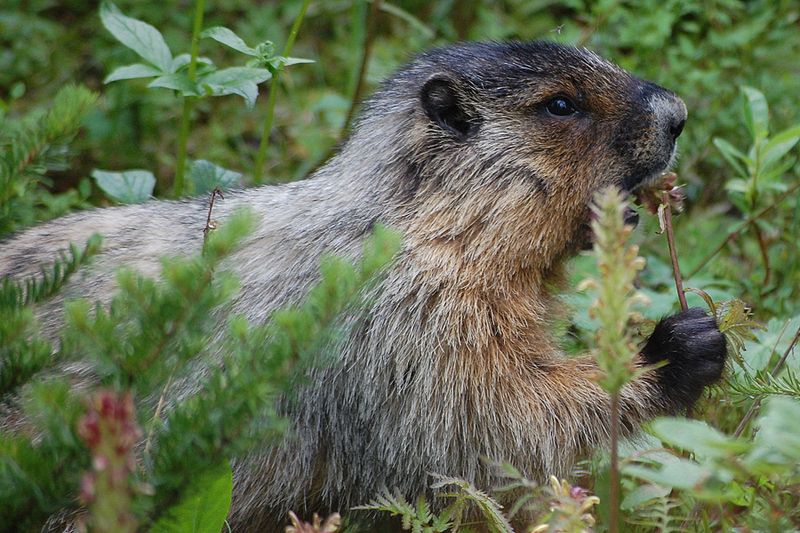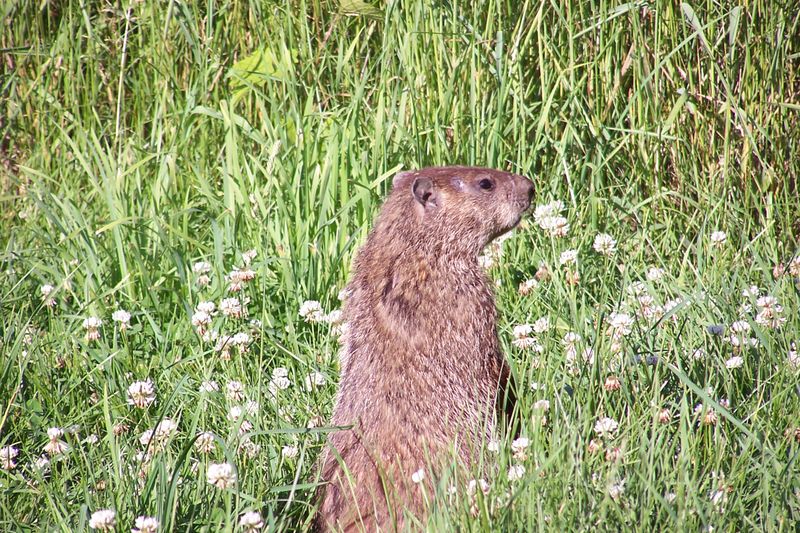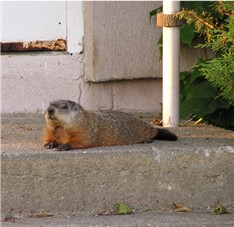The celebrated Groundhog Day is believed to have actually started long before European settlers came to North America, when badgers were used instead. The first record of a groundhog day in North America was in 1841 in Pennsylvania – even to this day the most well know location to visit for a spring prediction is Punxsutawney, Pennsylvania (also featured in the film “Groundhog Day”). Today’s Groundhog Day is a little more like a stage production with celebrity groundhogs being served up to a cheering crowd in a not-so natural setting.

Groundhogs, also known as woodchucks and even at times “whistle pigs” (though I’m not such a fan of that one), are the largest member of the squirrel family and as such – they can (and will) climb trees despite the common assumption that they are confined to land. These little creatures lived happy lives in the tall-grass prairies before urbanization came along. When the majority of Ontario’s prairie land was demolished for farms or forced (through fire management) to morph into savannahs, our weather-predicting friends had to find new digs.

Unfortunately, they chose what was most familiar to them – local farmers’ fields. Now I have to admit, the farmers didn’t take to this decision very well. Groundhogs dug holes throughout their fields, which were dangerous for livestock and had a negative impact on their crops. In response, groundhogs were shot on sight. If there was a greater interest in these little creatures beyond their special day, we would have an idea of how much of the population was lost to irate farmers. But I haven’t found it yet.

Shortly after, along came new housing developments which took over many farmers’ fields. And can you guess what has happened to our wildlife friend? He was considered an urban pest - on par with raccoons and skunks! To this day, they are not particularly favoured due to their appetite for our gardens!
I personally love groundhogs and have a very fond memory of a large male that lived on the edge of a farmers’ field in the center of London, Ontario. The field was right at the edge of a busy intersection and on nice days, my silver-backed buddy would come wandering out of his burrow to eat some dandelions. Along he would waddle, all adorable and fuzzy, stopping at each yellow flower head to cleanly snip off the top and continue on his path. Have a dandelion problem? Letting a groundhog live under your porch could be a great solution.

So, if a groundhog decides to move into your backyard – take pity on the poor creature and let it live there for a while. Females only take one month incubation before birth so they won’t stay long. While the celebrations go on tomorrow – take a moment to remember that not all groundhogs are created equal – and very few carry celebrity status. Instead, like most urban wildlife, the majority of the population run for their lives and hide at the sight of a human (and with our history, no wonder!) If you do happen to spot one, consider yourself lucky. These cuddly creatures deserve our respect!
